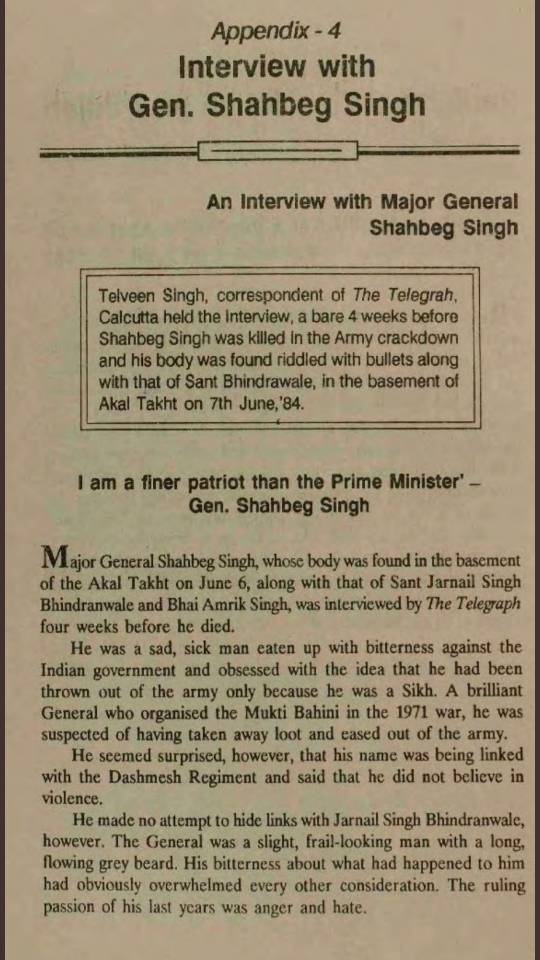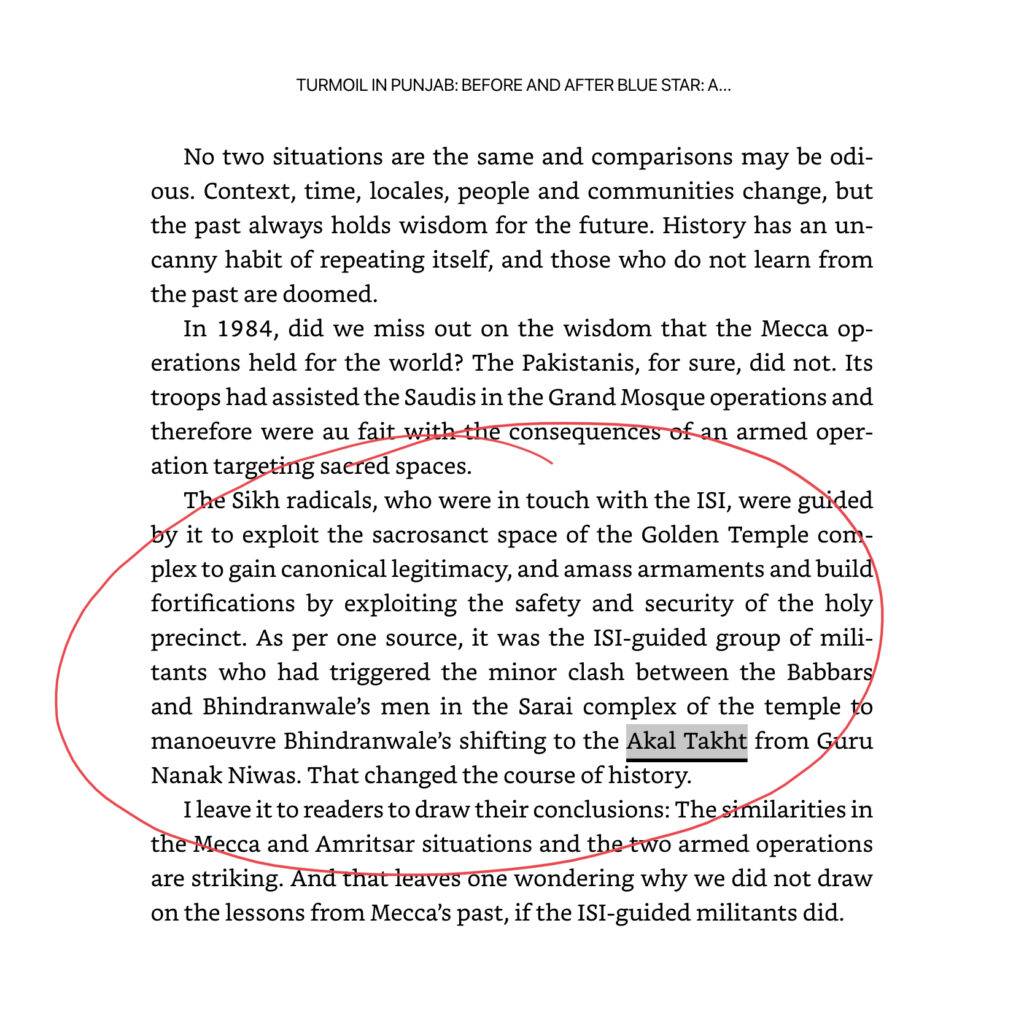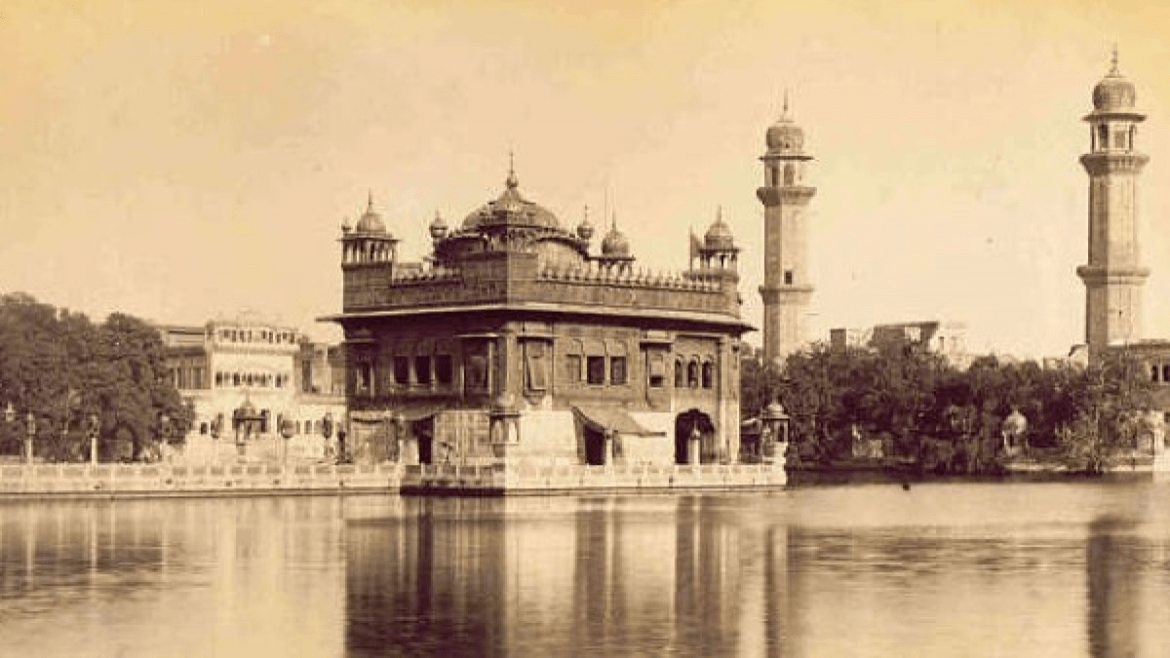AI Generated Summary
- In an interview, he unveiled that the situation leading to the attack on Harmandir Sahib was ignited by Sant Jarnail Singh Bhindranwale and his associates including Shabeg Singh, a former Indian army officer turned military advisor to Sant Jarnail Singh Bhindranwale, that essentially cornered the government of the time.
- It culminated in the devastating destruction of the Akal Takht, underscoring the intricate web of strategies and influences that shaped the course of Operation Blue Star.
- As a Sikh, my soul often seems to be adrift in the tumultuous sea of history, trying to comprehend the shocking events surrounding Operation Blue Star that unfolded in 1984.
As a Sikh, my soul often seems to be adrift in the tumultuous sea of history, trying to comprehend the shocking events surrounding Operation Blue Star that unfolded in 1984. The desecration of the Golden Temple, our spiritual beacon, indelibly scarred the nation. The violence, and the defilement of our sacred place of worship undeniably marked a sorrowful episode in our collective narrative. Nonetheless, as I wade through this convoluted stream of our past, I am constantly confronted with a nagging question: what truths remain concealed behind the shroud of Operation Blue Star?
A perspective springs from the account of Hamid Gul, the former head of Pakistan’s Inter-Services Intelligence (ISI). In an interview, he unveiled that the situation leading to the attack on Harmandir Sahib was ignited by Sant Jarnail Singh Bhindranwale and his associates including Shabeg Singh, a former Indian army officer turned military advisor to Sant Jarnail Singh Bhindranwale, that essentially cornered the government of the time.
Shabeg Singh was accused by the army of corruption, with an inquiry subsequently launched to probe the charges. Some reports argue that Singh’s strategic guidance to Sant Jarnail Singh Bhindranwale was a meticulously crafted revenge plot against the government that had accused him. However, even if we accept this perspective, it raises another pressing and perplexing question: how could a Sikh, regardless of his grievances, occupy the revered Golden Temple, a symbol of peace and spiritual solace, to settle personal scores?

Gul’s revelation paints a complex picture, forcing us to delve deeper into the circumstances leading up to Operation Blue Star. It nudges us to ponder over the possibility of external forces meticulously manipulating the events, thereby adding another layer to our understanding of this historical episode.
Not only were there weapons inside the Sikh holy shrine but all of the armed individuals were housed on the upper floor of Akal Takht. For any Sikh to stand above the Guru Granth Sahib was an act of absolute disregard. When 80 years old Giani Pratap Singh, a former Jathedar of the Akal Takht objected to occupying the Akal Takht, he was killed in cold blood. Others too were silenced.
In his book, Ramesh Inder Singh, a respected author, and former bureaucrat, also explores this notion. Singh argues that while local conditions and political factors played their part, the role of enemy nations exploiting these situations is undeniable. In his view, Pakistan capitalized on the unrest, supplying arms and training to exacerbate the turmoil.

Singh further draws a parallel to a similar operation conducted in Mecca a few years prior, where fundamentalists occupied the holy mosque. The Saudi Arabian army, with assistance from Pakistani and French commandos, reclaimed the religious site. According to Singh, Pakistan gleaned a crucial lesson from this operation: attacking a sacred religious space provokes an intense and wide-ranging reaction. Was the Golden Temple assault another manifestation of this lesson, applied strategically to inflame tensions in India?
Under what some suggest was the influence of Pakistan’s ISI, the intriguing maneuvers of Sant Jarnail Singh Bhindranwale within the Golden Temple complex add another layer of complexity to this narrative. Bhindranwale initially took up residence at Guru Nanak Niwas, an administrative section within the complex. Sant Jarnail Singh Bhindranwale’s movements within the Golden Temple complex had far-reaching consequences. It culminated in the devastating destruction of the Akal Takht, underscoring the intricate web of strategies and influences that shaped the course of Operation Blue Star.

If it was a war about the Sikhi, a question arises as to why were the holy institutions brought into the line of fire. While planning the operation, the army harbored a belief that the armed groups ensconced within the Golden Temple would not resist, and even if they did, their defense would crumble within a few hours. However, the fierce resistance encountered during the initial assault swiftly dispelled this notion. The army was taken aback by the readiness, strategic positioning, and training of the groups, which allowed them to put up a formidable defense. The high level of preparedness suggested that they had been trained by an experienced military strategist.
These narratives raise questions that are hard to ignore. Did external forces carefully orchestrate the circumstances leading up to Operation Blue Star, forcing the government’s hand? Was the ensuing turmoil part of a broader geopolitical strategy to stoke religious tensions within the country? While these questions don’t absolve the then government of its role in the operation, they compel us to consider the broader picture, painted in shades of grey rather than stark black and white.
The scars of Operation Blue Star are etched deep within the Sikh psyche and the collective memory of India. The events that unfolded were undoubtedly a dark chapter in our history, but the narrative is far from straightforward. It is a tale mired in political maneuvering, external influences, and strategic exploitation, the true depth of which we may never fully comprehend. However, as we continue to reflect on and learn from our history, it is crucial to remember that the story is never as simple as it seems.




